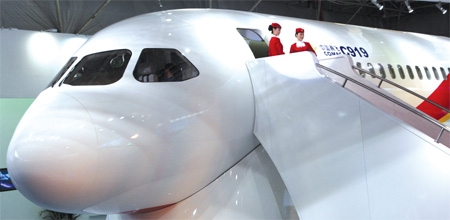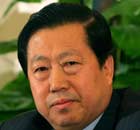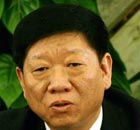How China's west will be won
Updated: 2010-08-26 09:19
By Dan Steinbock (China Daily)

Historically, the western part of China has lagged severely behind in economic development. As a result, many Chinese have moved from the west to work in the wealthier coastal provinces in their quest for a better life.
Now things are changing. As growth opportunities are increasing in western China job opportunities are increasing at home.
Should China's west emulate the development model that has been so successful in the east? In reality, western China is developing in a model of its own.
During the past few years, the prosperous cities in East China have been trying to curb population growth by driving down the old-style manufacturing system. Instead of low-margin light industry, they hope to attract high-margin, hi-tech industries. And by following in the footprints of Hong Kong and other Asian economies, they hope to draw more knowledge-intensive industries.
During the past three decades, migrant laborers have played a key role in China's economic growth. As living costs rise fast in Beijing, Guangdong, and the Yangtze River Delta region, employment prospects are improving in inland cities.
Since the early 2000s, inland development has picked up, thanks to the "Go West" policy.
The new policy covers the huge municipality of Chongqing, six provinces from Gansu to Sichuan and Yunnan, and five autonomous regions, that is, almost 30 percent of China's population but less than 17 percent of its GDP.
Initially, this strategy focused on the development of infrastructure (transport, hydropower plants, and energy and telecom establishments). But it is the new stage of development in East China that is accelerating the growth momentum in the west dramatically
Before the global financial crisis, the Ministry of Commerce had designated the "priority relocation destinations" in China's inland areas to increase the central and western regions' share of trade in the processing industry, especially in labor-intensive manufacturing.
The transition in the production structure from low-end manufacturing to hi-tech products is likely to change China's export structure. In Sichuan and Yunnan, for example, the new hi-tech industrial development zones have the potential to serve the foreign markets for electronics and IT.
China's west hopes to catch up with its east through domestic consumption, cost advantage, investment policies and infrastructure, which has been boosted by the nation's stimulus policies.
Paper's Digest

Chinese jet takes on Big 2
First large commercial plane set to ride on demand for aircraft as economy grows.
Super-CPU only for domestic eyes
Specials

Gaining ground
Doing business in china for westerners has come a long way, Peter batey says.

Safeguarding environment a priority
China continues to face mounting pressure to curb environmental degradation, despite progress in reducing pollution over the last five years, the environmental protection minister warned.

Employment to remain a continuing challenge
China's top labor official said the country will face a tough employment situation in the next five years.
